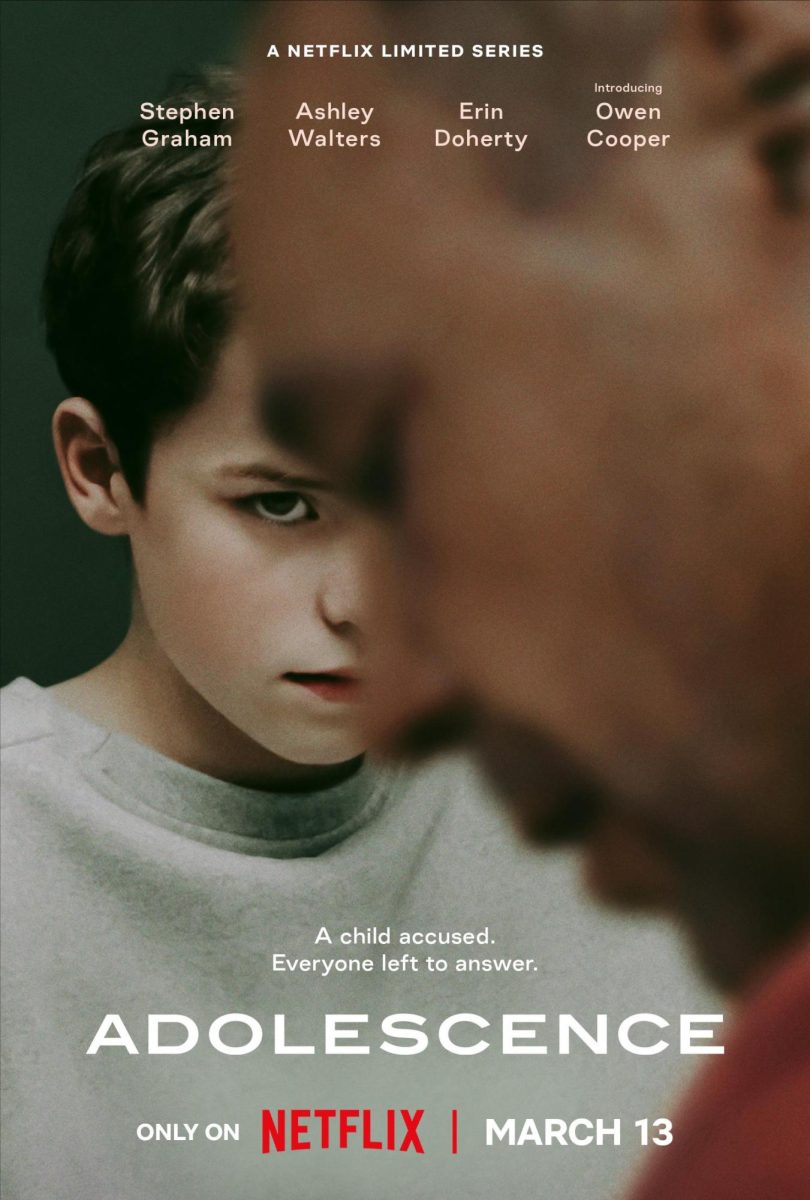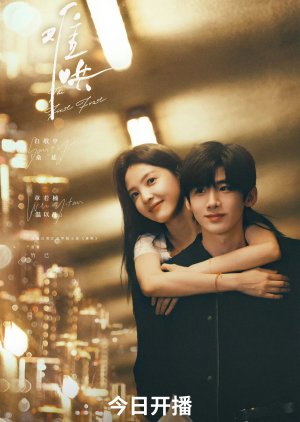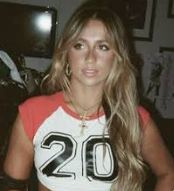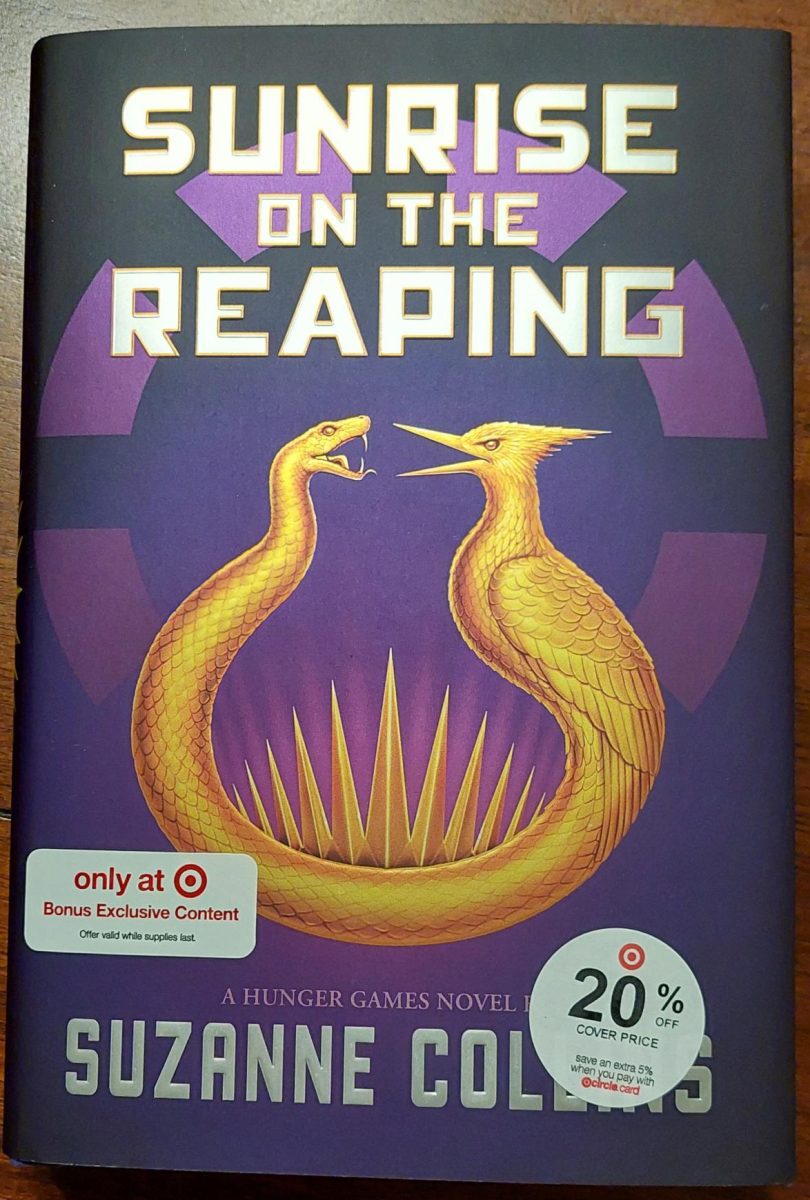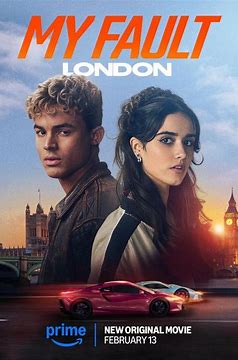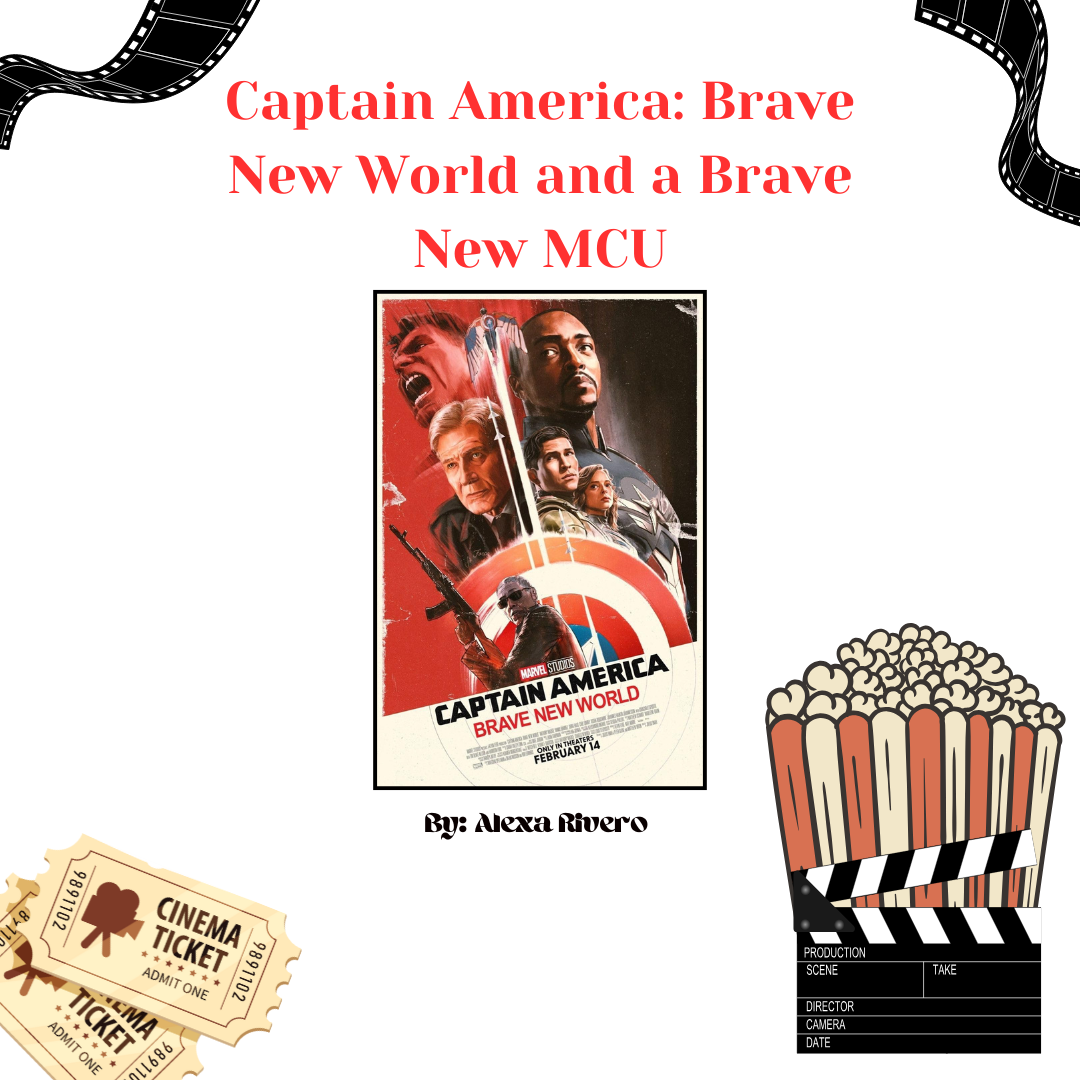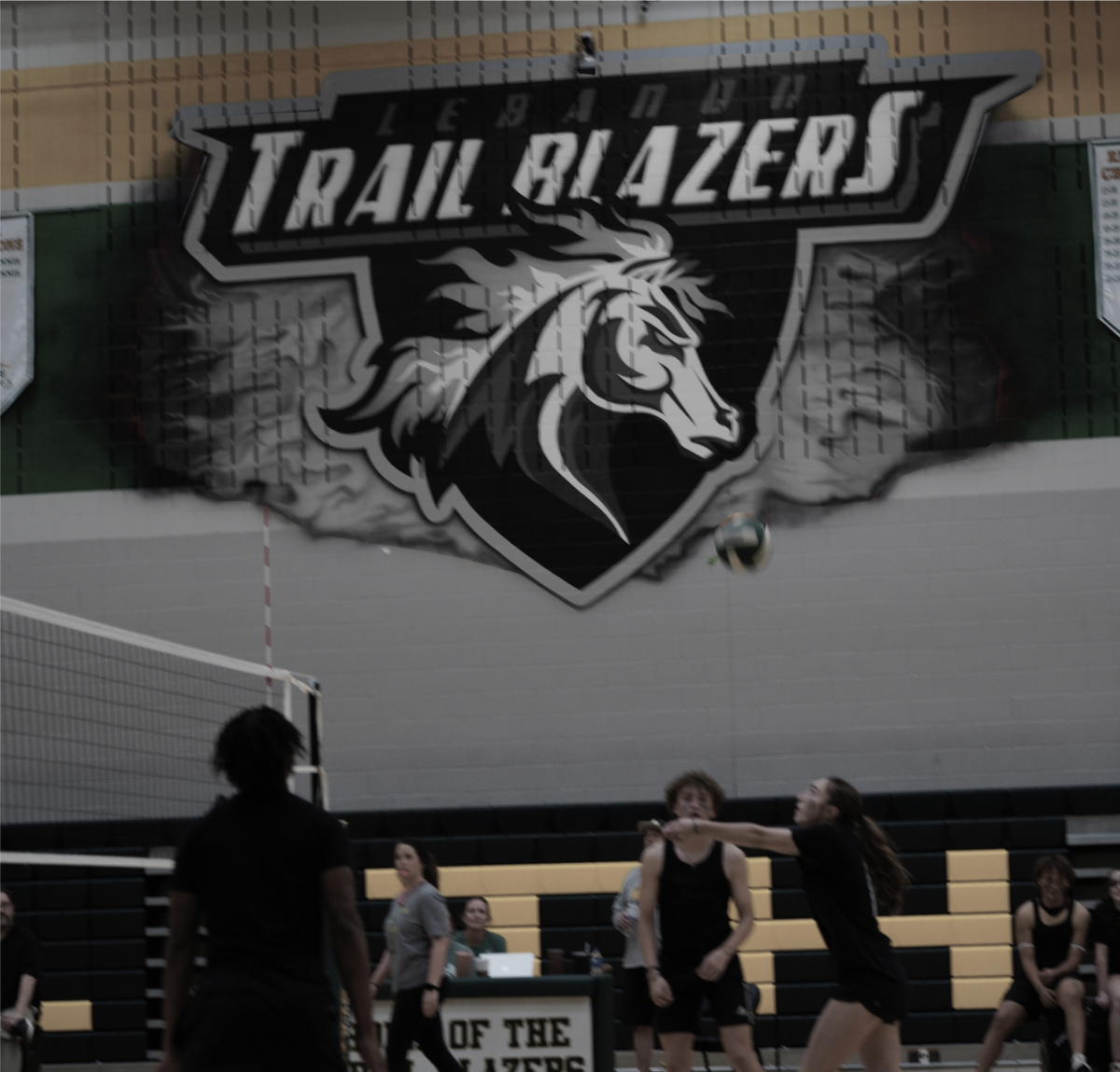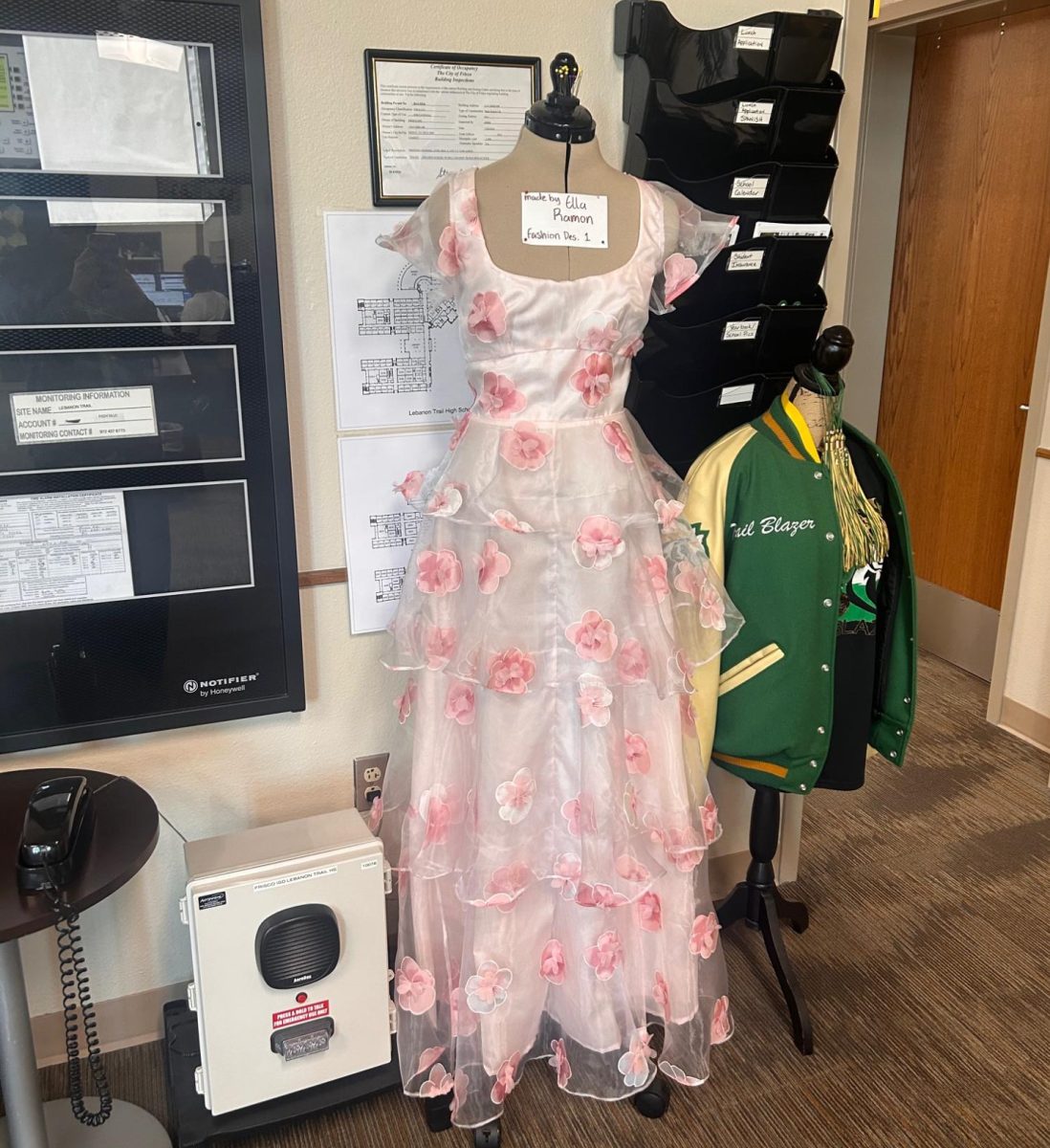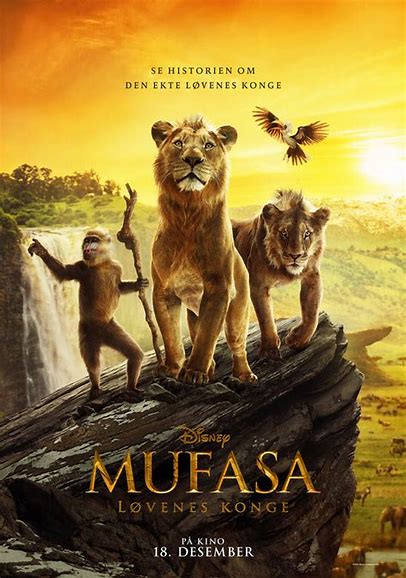
Mufasa, the 2024 Animated Film wasn’t only a roaring success in theaters, but also an entryway for a team of visual wizards to bring Mufasa’s character to life. After all, how would the production Mu-Fas-A without some CGI Pizzazz?
After interviewing my uncle, Rishikesh Kowshik, the VFX production manager for the movie “Mufasa”, I decided to create a Q&A which reflected the breathtaking illusion of fur, light, and motion through the lens of the VFX team themselves.
Now, onto the Q&A:
1. As a visual effects production manager, intensive projects like Mufasa are no doubt a workload. Can you walk us through your typical day on the job?
The production manager plays a vital role being the link between the internal teams and the client production team. The start of the day is no different to anyone else’s –with a hot cup of coffee. The entire team meets to discuss that day’s tasks, recently received client feedback and adjust priorities if needed. Deliverables are also called out in this meeting to ensure the targets are met. Various meetings/calls happen during the day to make sure the schedule remains on track and necessary arrangements are made. An end of day report is compiled providing a handover to studios/sites working in other time zones. Finally, the client is made aware of the day’s progress and materials sent.
2. Following a high-stakes film like Mufasa, your team must have experienced some challenges along the way. What were some of the biggest hurdles you encountered in regard to the visual effects for Mufasa?
The primary objective of being a part of this industry is to create stunning visuals that the world hasn’t seen before. That requires state of the art equipment and technology to develop these images with highest efficiency. “Mufasa: The Lion King” is a story set up in the vast plains of Africa, which brought to life the varied and abundant flora and fauna of the rich continent. The two main challenges were to create realistic animals with expressions and movement and to have them play out the epic scenes throughout the massive continent. We had to overcome technological limitations to ensure the environments created can be used by the other departments down the pipeline.
3. Are there any memorable moments during your work days which you would like to share?
There were so many wins along the journey of this project. One of the memorable moments was when we created snow and ice in the settings of Africa. It was something not many had seen before and the visuals were incredible.
4. How did you collaborate with the directors and animators to meet deadlines/demands? How did you ensure that the VFX was approved by all of them collectively, and captured what they had in mind for a scene?
We had regular reviews with the director whenever possible which helped us understand his requirements. The shots would then be reworked, get vetted by internal VFX supervisors and get re-reviewed by the director, mostly resulting in an approval.
5. VFX tends to go unnoticed a lot of times within a film- was there any particular scene in Mufasa that captured your interest?
The victory of VFX is when it goes unnoticed. Mufasa being a fully animated movie, there isn’t any shot without VFX. The various environments created – some with lush green grasslands, the flash flood, the snowy peaks were nothing short of incredible.
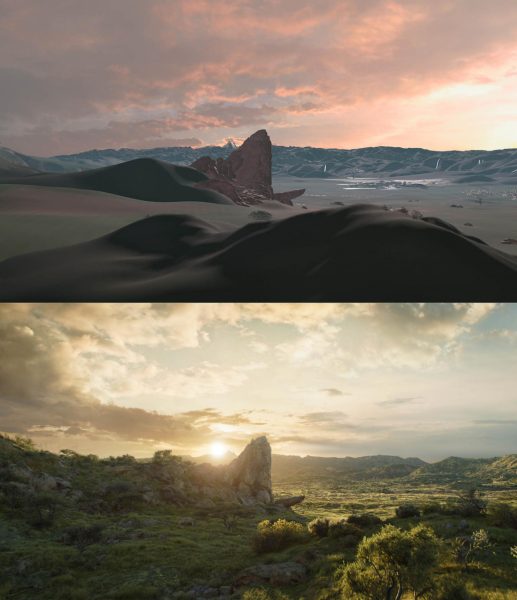
6. How do you ensure as a manager that everyone is focused on one and the same goal?
It’s imperative that the team is focused on the delivery of the project, as it assures growth and development as a company, as a team and individually. This is done by making sure that the team is mentally and skilfully available to tackle the needs of the project. All members of the team are aware of the requirements of the project, and the transparency helps in planning and scheduling. Along with this the environment at the studio is always kept positive and engaged.
7. Were there any new technologies used in the making of the film (in regards to Visual Effect)?
The QuadCap technology used to mimic leg movements of a four-legged creature with the help of 2 legged humans is a first in the industry of VFX. This helped the team achieve accurate animations for the animals without compromising creative freedom.
8. How do you adapt to these new technologies- it might not be easy utilising these tools for the first time.
It does take a while getting used to new tools and especially if they are being used in a high-end Hollywood project, it has to be effective and accurate too. To facilitate this, the tools are developed at a preliminary stage of the project and put through rigorous testing, before they are rolled out to the artists for use in the movie. The software and development team are available throughout the project in order to troubleshoot any minor errors / bugs that may arise.
9. Looking back on your career in VFX, what was the defining moment which made you pursue this specific passion?
The feeling of seeing something created in front of you hit the big screen and fill everyone with joy is something special. It makes me feel great that a set of audience would be forgetting about everything else happening for the time they are watching the movie, immersed by something that a set of people created and that I was a small part of.
10. What’s the funniest thing that’s happened to you on set or post-production?
There were many funny moments along the post production phase of the movie. They were mainly when one of our renders came out with a bug. Once we had Rafiki doing flips on a stick while being carried away by a stork.
11. Are there any specific genres you are eager to explore in the future? What kind of VFX projects excite you the most?
VFX is widely being used in almost all genres today. I would certainly like to be a part of a Lord of The Rings franchise project sometime in the near future.
12. Where do you see yourself in 5-10 years? How do you think the future of VFX will be impacted?
I’d like to be in a position to produce the VFX for the movies in the near future. VFX is transforming and developing rapidly and it’s important to keep up with the trends and technology. With the rise of AI, we could be in for a real treat in the upcoming years.



